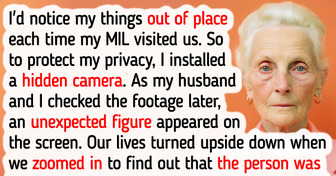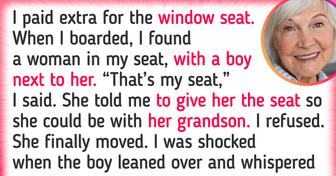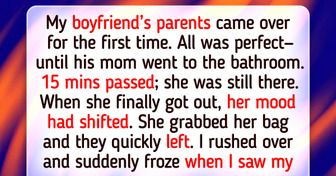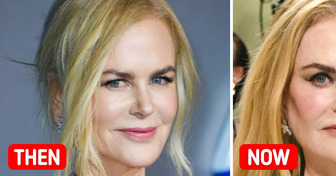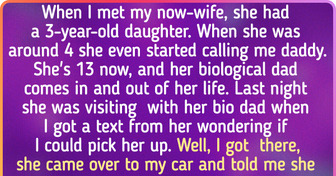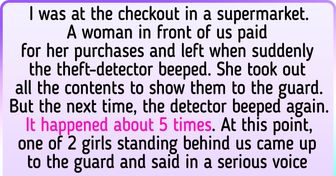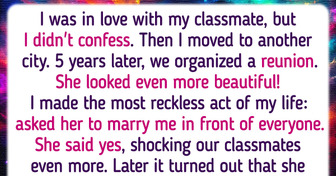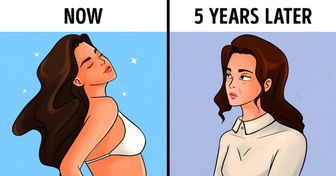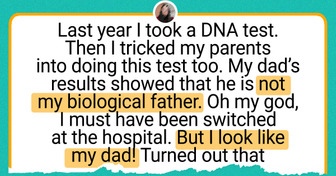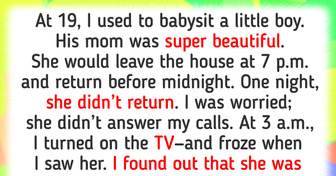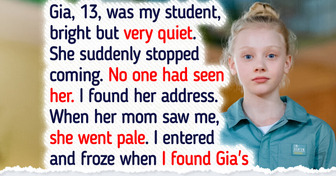12 Stories of Strangers Whose Actions Left a Lasting Mark
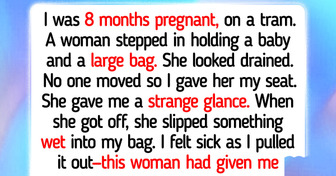
The drama by Robert Zemeckis with Tom Hanks in the main role was released 20 years ago. Everyone has probably seen this film about survival (maybe more than once). And it’s really just about one actor who we could watch forever. But even when the viewers watch the movie for the tenth time, they often miss the most obvious mistakes: for example, the sudden change from day to night.
We at Bright Side have watched Cast Away again and found the mistakes that neither the director nor many of the viewers noticed. And at the end of the article, we share several impressive facts about how Cast Away was filmed.
At the beginning of the film, a boy runs on the streets of Moscow to deliver a package. He runs by famous Moscow sights: Saint Basil’s Cathedral, Moscow State University, Greater Stone Bridge. In real life, this would take the boy 4-5 hours.
On the plane, Chuck looks at the gift from his fiancée Kelly — a pocket watch — and then puts it on the armrest. Several hours later, the watch appears on a different part of the armrest, even though the plane wasn’t experiencing turbulence.
When the plane is falling, Chuck watches the plane come close to the surface of the ocean through the windshield. When the plane hits the water, Chuck is thrown back to the cargo area even though, according to the laws of physics, he would have been thrown forward, and he would most likely have died.
When the raft with Chuck is washed up on the shore, Hanks’ character is lying with his head pointed toward the ocean. In the next shot, his body is parallel to the shore.
When Chuck lifts the first box with a package, you can see nothing in the water on the character’s right. But in the next scene, you can see a bunch of rocks there. The goof is there because the scene from a farther perspective was shot later during low tide.
When Chuck first finds a cave, it’s light outside, so there are a few hours until the evening. But several shots later, it’s already sunset.
When the character is climbing the mountain for the first time, his beard is noticeably longer than in many later scenes, for example, when he finds and buries the body of Albert Miller.
When Chuck is looking at the wallet of the dead pilot, you can see a $1 bill. In the next shot, a close-up, you can’t see it.
Also, in the wallet, there’s Albert’s driver’s license with his date of birth — 19.06.49. When Chuck is burying the pilot, he carves “1950–1995” in the rock.
When Chuck puts his foot next to Albert’s boot, you can see the toes above the boot. This means, that Chuck’s feet are several sizes bigger than Albert’s. But when he puts on the boots after cutting them, you can see that they are actually his size.
Talking about the boots. In reality, Chuck wouldn’t be able to cut them because he hadn’t found the skates yet. Besides, even if he had found them, they couldn’t have been sharp enough to cut through the thick leather of the boots.
To make a bandage for his wound, Chuck cuts his pants with one of the skates. In this shot, there are no laces in the skates. A moment later, you can see both skates with laces and Chuck is going to use one of them to tie the bandage.
When Chuck throws the volleyball in anger, it is still in the package. But in the earlier scenes when Chuck is making a bandage, the ball was already out of the box.
When Chuck is lying on the raft and sees a giant cargo ship, he tries to reach the ship, so that the crew sees him. The camera shows the raft from above. The water under the raft is pale green and it’s obvious that the water is not deep. But Chuck was supposed to be in the middle of the blue ocean. Of course, this scene was shot in a reservoir of water.
At the end of the film, Chuck is placing a map on the car where you can see fingerprints leftover from the previous takes.
Also at the end of the film, there are several problems with shadows. In the episode where the girl is standing near a pick-up, you can see the shadow end a few inches away from the car. In the next moment, it becomes much longer. Also, look at the wing of the car: first, it’s covered in sunlight, and in the next moment, it’s already in the shadow of the car.
Then, when the girl leaves, Chuck goes to the middle of the crossroads and looks away. His shadow is behind him. In the next shot, the shadow is in front of him, even though he didn’t move. So, the final scene was filmed at different times of the day.
The film was shot between 1998 and 2000 with a year-long break. During the preparation for the role, Tom Hanks put on 50 lbs to make his transformation more dramatic. After most of the film was shot, the production was stopped for a year so he could lose weight and grow hair and a beard to look like he had spent several years on the island.
The character “Wilson” was added to the script accidentally. During the preparation for the film, the scriptwriter William Broyles Jr. consulted survival experts and then he decided to spend a week alone on an isolated beach. He actually had to look for water, food, and shelter. Broyles Jr. caught stingrays and ate them raw, and learned to crack coconuts.
During the experiment, a volleyball washed up onshore. This was an inspiring moment for creating a friend for the main character. Besides, from a scriptwriter’s point of view, the ball made it possible for Hanks to speak, even though there was nobody else with him.
Despite all the mistakes and goofs, Cast Away is still one of our favorite movies we could watch dozens of times. Do you ever pay attention to mistakes like these when watching films?

